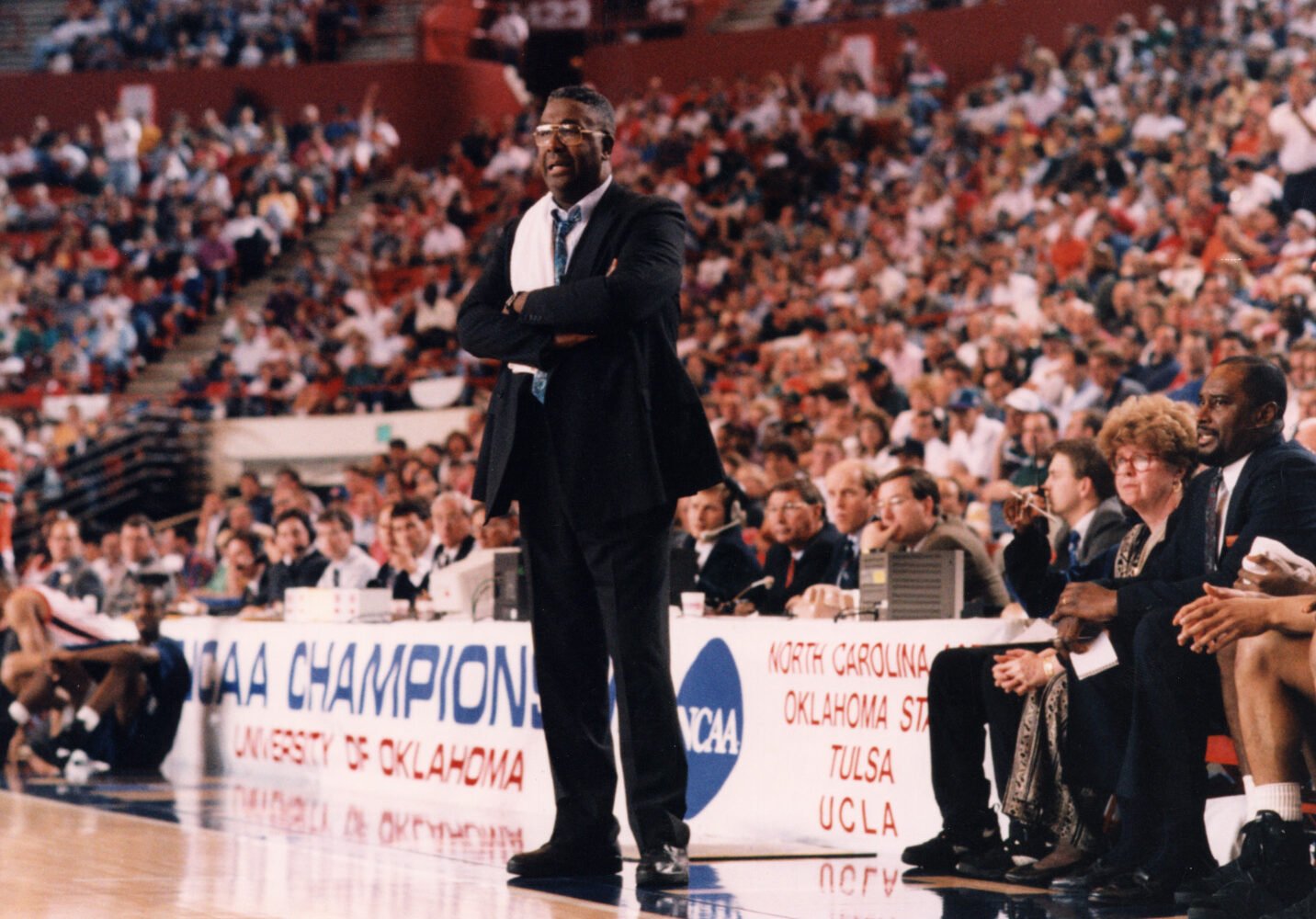On Monday, the office of DC Mayor Muriel Bowser accidentally promoted a grant that supports abstinence-only sexual education for teenagers. The Trump administration-promoted project is at odds with the Bowser administration’s liberal views on sexual health, which include comprehensive sexual health education in DCPS and a free condom program called Wrap M.C.
After a Washington Post reporter tweeted about the listing, the grant office removed it. The office’s deputy director told the Post in an email that “It was an important correction to align with D.C. Values and policy.”
So all is fine. But because we can see the curriculums of groups that adopted the Department of Health and Human Services’ “Sexual Risk Avoidance Education Program,” we know that those DC values are depriving the children of DC Public Schools of one thing: some seriously hilarious abstinence lessons.
• Promoting Health Among Teens! (Abstinence-Only) Used by five grantees
This curriculum, available from health publisher ETR, includes an activity called “abstinence jeans.” In this scenario, the teacher figure is instructed to say “Now we are going to see how you ‘roc’ [sic] abstinence; that is, what you need to know to make abstinence work. If you want to roc (wear) some PHAT gear, you must know where to get it, how to roc (wear) it so that it looks and feels good on you, and have a confident attitude that says, “I’m all of that.”
The teacher is instructed to show the group the Abstinence Jeans (presumably jeans drawn on a piece of newsprint) and say: “As you can see, these jeans are empty. Empty abstinence jeans don’t look good if they’re just hanging in the closet getting dusty. Well, that’s how abstinence is if you don’t bring it out of your memory closet and practice it. Certain things have to happen in order for abstinence to work.”
Making a Difference! Used by six grantees
Also an ETR product. Kids participate in an exercise called “Ask Koko,” where five imaginary teenagers ask a fake advice column about their sex lives. All five of these teenagers are extremely worried about getting HIV. Koko teaches them about “Relationship Raymond,” who is in a monogamous relationship with a partner who is not in a high-risk HIV category. Just to be safe, Koko suggests, Raymond should “avoid vaginal, oral and anal sex and practice abstinence.”
“Anxious Alex” describes a borderline traumatic, rushed sexual encounter that she didn’t enjoy, and fears she could have been exposed to HIV. Koko to the rescue: “Yes, it is possible that you have been exposed to HIV.” Then, she admonishes Alex, saying “it sounds like you wish you had made a different choice 5 months ago.”
Choosing the Best series Used by three grantees
Choosing the Best comes in five stages, each more dramatic than the last: it begins with Choosing the Best WAY and ends with Choosing the Best SOUL MATE. It conforms to Title V requirements for funding by telling students that “a mutually faithful monogamous relationship in the context of marriage is the expected standard of sexual activity” and “has as its exclusive purpose teaching the social, psychological, and health gains to be realized by abstaining from sexual activity.”
Choosing the Best does teach students about safer sex—for example, in lesson three of LIFE—but it makes clear that this is not a good option. At the bottom of the worksheet page on contraception and STD prevention, it says: “According to the CDC, condom use cannot guarantee absolute protection against any STD. Is “safe” or “safer” sex safe enough? ______” (The teacher’s manual says the answer is NO.)
Then, in bold red font, it says “Only _________________ provides 100% protection against contracting an STD.” The answer is abstinence.




















